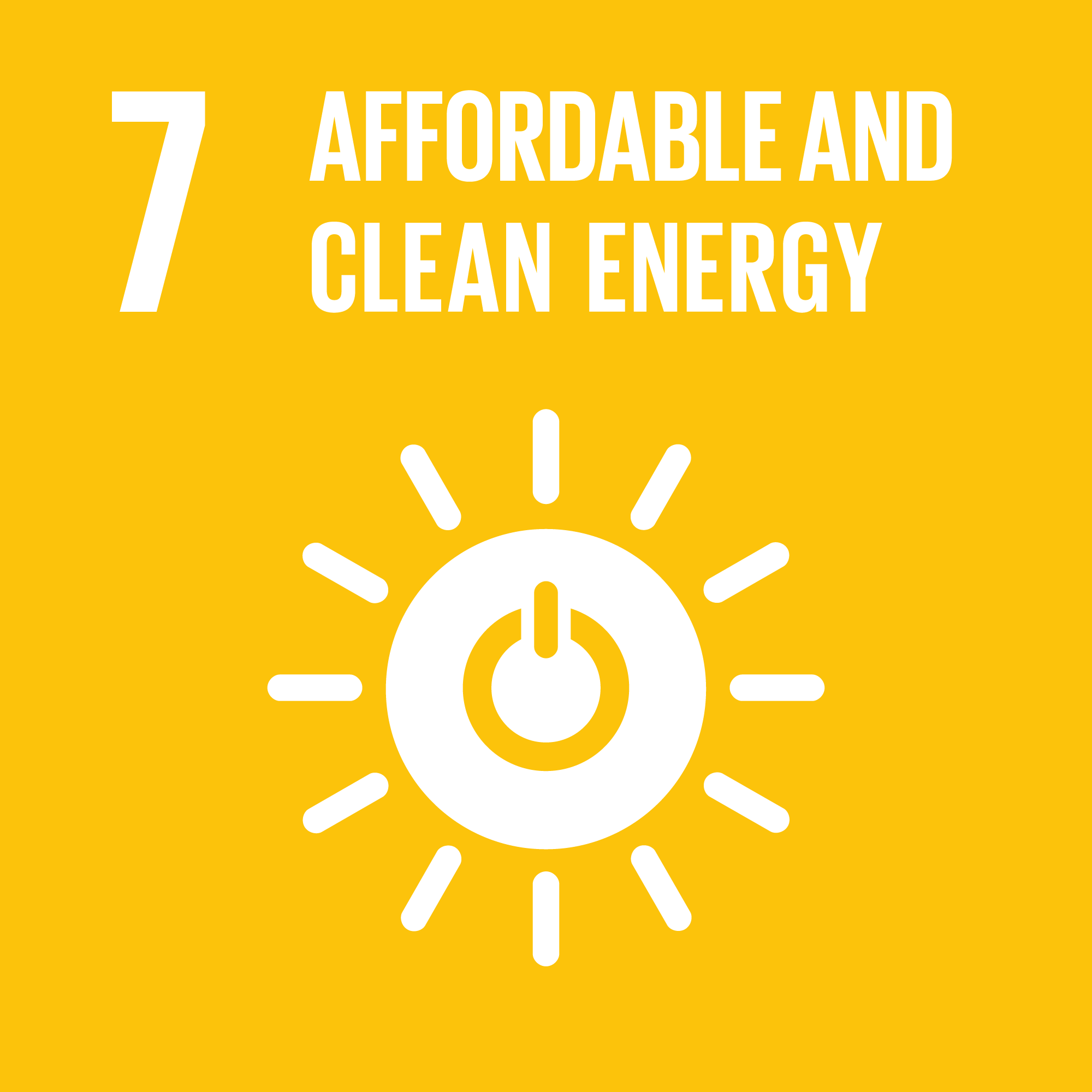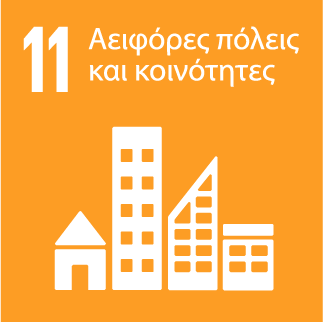EcoPanel
Description
As a solution, our product which is called Eco-Panel can be easily installed on the facades of existing buildings and works like a cheaper and lighter version of Trombe walls but it is more efficient. Eco-Panel absorbs solar radiation and store it. The stored heat allows the panel to continue to provide heat after the sun has set. Along the night, it reradiates the heat and warms up the air in the cavity between the wall and the Eco-Panel. The warm air rises, then flows into the living space through some ceiling vents in the wall. At the same time, cool air of the living room flows into the Eco-Panel through some floor vents. On the contrary, during the summer, the warmed air is vented outside and the resulting circulation causes cooler air from the pole ward face of the house to be taken in.
Eco-Panels significantly reduce energy consumption up to 30 percent. They are prefabricated and light, can be easily installed and assembled on existing and old buildings, and do not harm the aesthetics of the facade.
This panel consists of three layers: the outer layer is a double plastic sheet (from Plexiglas) that allows light to enter and prevents heat energy from escaping. As Plexiglas windows are strong, light, durable, and reliable and they do not shatter like glass and have better storm resistance, we chose them instead of heavy and fragile double glazed windows for the external layer of Eco-Panel. They also have high thermal values and insulate buildings better than glass.
The second material is PCM. A phase change material or PCM works by absorbing heat when it changes state from solid to liquid (heat of fusion – melting), and giving off the stored heat as the material changes back from liquid to solid in a certain temperature range.
Paraffin waxes (especially n-Hexadecane) are ideal for the Eco-Panel. They have a high heat storage capacity and high latent heat of fusion and are very effective within the human comfort range between 20 and 30 °C. Depending on the lowest and highest winter temperature in a certain climate, we can choose proper paraffin for Eco-Panel that changes state from solid to liquid in the daytime and gives off the stored heat as the material changes back from liquid to solid in the night.
For this reason, three-centimeter-thick paraffin can be more effective and store more energy than a forty-centimeter concrete or water Trombe wall (WTW). So, Eco-Panel can be much thinner and lighter than WTW. It weighs 40 kg per square meters and can be easily installed on the facade without heavy and complicated support of external structural framework. Additionally, n-Hexadecane is cheap, chemically stable, safe and non-reactive and melts congruently without segregation.
The third layer is 5 cm thick air that is trapped between the PCM material and the existing wall. During the night, the air is gradually heated by PCM material and flows into the living space.
Our product can be suitable in many cases and can be installed on especially western walls that have few openings and are exposed to direct sunlight at the end of the day, both in terms of aesthetics and heat supply for residents. In some case, these panels can also work as advertisement billboards.
Due to the oblique angle of sunlight, especially at sunset, installing these panels on the south and west facades is much more effective than on the flat roof in the winter. Also, often in apartments with many flats, the roof has a smaller area than the facade exposed to the sun.
The panels can be fabricated in several different designs and sizes. They can be installed very quickly. Since the weight of each square meter of the panel is less than forty kilograms, they do not put heavy pressure on the structure and they can be easily installed and removed by human power. Our customers are often apartment owners who want to reduce their energy consumption. By data analysis of electricity and gas consumption, we can find our potent customers. To find out potent customers among all the owners, we choose data mining techniques including exploratory data analysis and preprocessing, frequent patterns mining and associations, classification /characterization, clustering and outlier deduction. Then, through direct marketing, we effectively connect with potential buyers who are more likely to want and need our panels.
This startup can generate money through direct sales to consumers and installation fees. There is also the possibility of not receiving the initial fee, in return the startup will share in the money that is saved due to the reduction of energy consumption. The amount of this savings can be measured through electricity and gas bills.
Our team includes an architect and a structural engineer who have high experience in the field of sustainable architecture, structure, material and computer coding and have won several international competitions and designed a lot of tall buildings, shopping malls, cultural center and tourist complex.
Soran Shangapour
Co-founder, CEO,
holds a master and a PhD in architecture from IUST. His professional life has embraced architectural practice and research in the field of sustainability as well as teaching at some well-known universities. As for his research and professional career he has focused on innovative solutions in architecture to improve the quality of life for people.
His PhD. thesis was about integration of virtual spaces into urban reality, creation of a hybrid memorial space where people can share their memories and feeling on physical urban facades.
Through his professional experience, he has developed a strong background in diverse design projects such as city centers, urban renovation projects, touristic complexes, landscapes, shopping mall and administrative towers as well as design research projects on urban sites. He also won several architecture competitions and was the referee of some competitions.
In 2015, he proposed some Trombe Water Walls (from the waste plastic bottles) for Hawraman villages. Since most of these villages are located in remote areas, they do not have access to electricity and gas, and local people use wood of forest trees for heating. It has caused irreparable damage to the forest fabric of the region for many years. His idea was accepted by Kermanshah’s cultural heritage and these cheap walls were used in some rural houses for the first time, and as a result, the consumption of energy was reduced up to 25 percent.
In 2017, he proposed a disruptive business idea "Smart urban Facades" which was accepted as the winner by Danish Business Authority. It was an AR app that enables any ordinary user to build an augmented reality image and overlay it on building facades.
In 2018, his idea “communal rooftops” has received special praise from the judges in a competition in Netherlands. Applying a spatial solution, he proposed to bind residential blocks rooftops together and turning them into continuous green communal places free from traffic, direct vehicle pollution, visual, movement and access restrictions". Citizens can directly join to public transportation through green routes, yet encourage local walk and bike accessibility.
In 2018, Soran and Saman won ‘Cities for our Future competition’ in UK which held by RICS for its 150th anniversaries. It was about re-purposing public spaces outside of office hours to provide safe, warm and sustainable homeless accommodation.
In 2019, his startup idea was accepted by IAPMEI in Portugal. It was an app that is able to store and share memories as documents on social networks and on a virtual map.
He also carries good knowledge in architectural software (Auto CAD, Revit, 3DMax, and Rhino) and in computer programming and coding (Java, Python, android studio, AR and Unity). And finally, he is a multilingual person and is able to speak English, Portuguese, Persian, Kurdish, Turkish and a little Arabic and it can be useful for marketing the product.
Saman Shangapour
Co-founder,
Holds a PhD in civil structural engineering at Kharazmi University. He is a man with innate abilities and a technical expertise in finding innovative solutions to ease daily life. He has lots of experience in designing, construction and project managing of different and special structures. From the early days of his study, he was interested in protecting our beloved planet earth by recycling and reusing materials in buildings. In 2006, he published an article about how to use iron smelting furnace slag in concrete in Sharif Journal in order to reduce the waste of iron furnaces
In 2018, he took part and won ‘Cities for our Future competition’ in UK held by RICS which talks about re-purposing public spaces outside the office hours to provide safe and sustainable homeless accommodation.
In 2019, he proposed a startup idea in the field of green and sustainable energy product which is used algae through some techniques for building attics. This product aims to develop green and light attics covered by algae filled panels and install them on the flat roofs of the buildings to absorb carbon dioxide produced by the buildings and generates oxygen and energy, becoming a decentralized hotel to cover the cost of construction. His idea was accepted by Danish Business Authority and he made a functional prototype much more efficient than existing solar panels.
He is also a multilingual person and is able to speak Spanish, English, French, Persian and Turkish fluently. To expand the startup to the other European countries, his ability to speak several European languages is very much needed. As well as he is carrying good knowledge and experience with computer programming and coding.
Sustainable Development Goals

7. Affordable and clean energy
Our product which is called Eco-Panel can be easily installed on the facades of existing buildings and works like a cheaper and lighter version of Trombe walls but it is more efficient. Eco-Panels significantly reduce energy consumption up to 30 percent. They are prefabricated and light, can be easily installed and assembled on existing and old buildings, and do not harm the aesthetics of the facade.

11. Sustainable cities and communities
Our product which is called Eco-Panel can be easily installed on the facades of existing buildings and works like a cheaper and lighter version of Trombe walls but it is more efficient. Eco-Panels significantly reduce energy consumption up to 30 percent. They are prefabricated and light, can be easily installed and assembled on existing and old buildings, and do not harm the aesthetics of the facade. This panel consists of three layers: 1.The outer layer is a double plastic sheet (from Plexiglas) that allows light to enter and prevents heat energy from escaping. 2.The second material is PCM which works by absorbing heat when it changes state from solid to liquid and giving off the stored heat as the material changes back from liquid to solid in a certain temperature range. 3.The third layer is 5 cm thick air that is trapped between the PCM material and the existing wall. During the night, the air is gradually heated by PCM material and flows into the living space.
Notice: Undefined variable: post_id in /var/www/vhosts/hei-prometheus.eu/httpdocs/entrepreneurship-acceleration-platform/wp-content/themes/understrap-child-1/loop-templates/content-businessidea.php on line 293